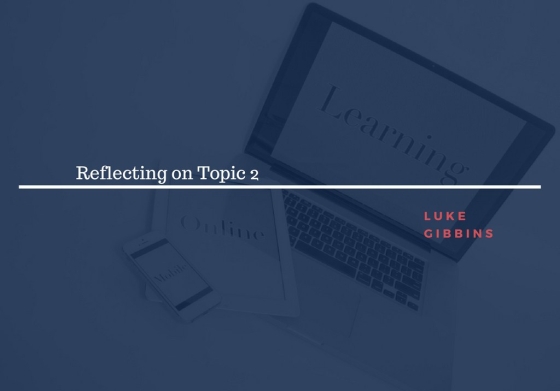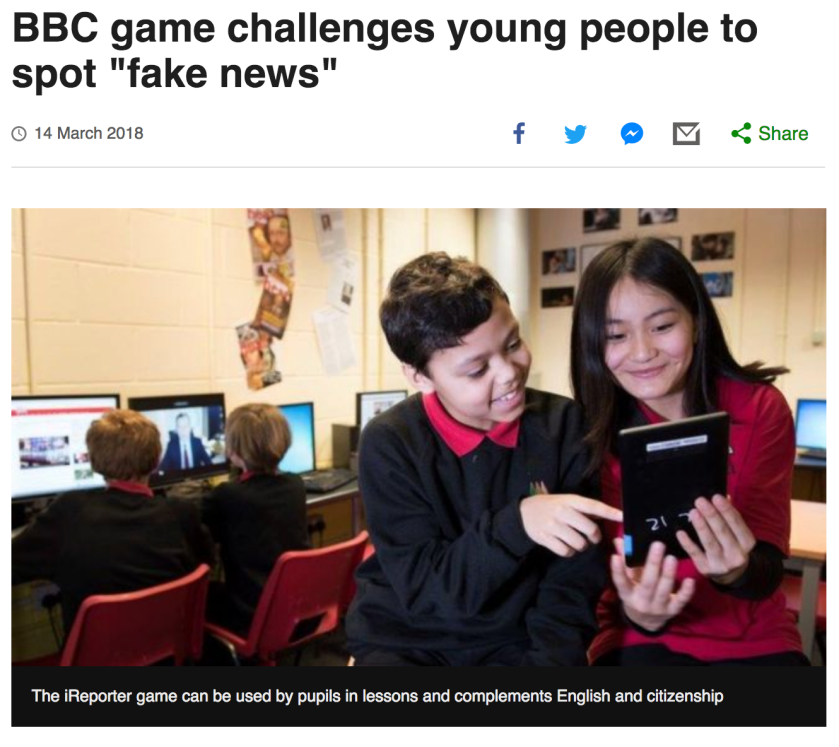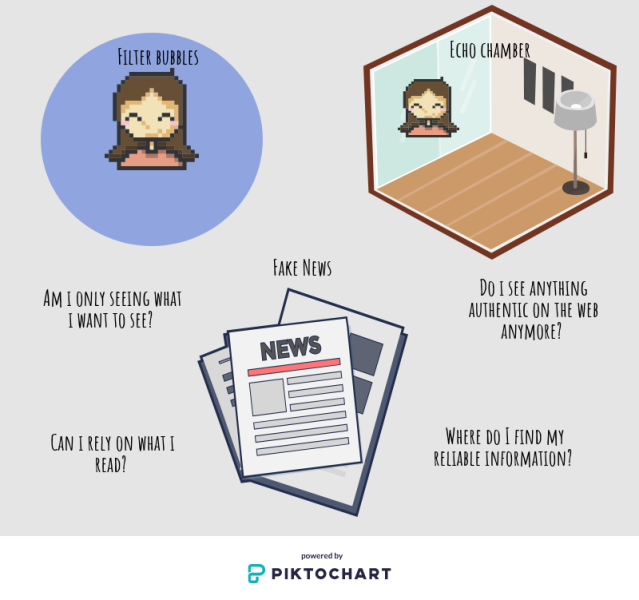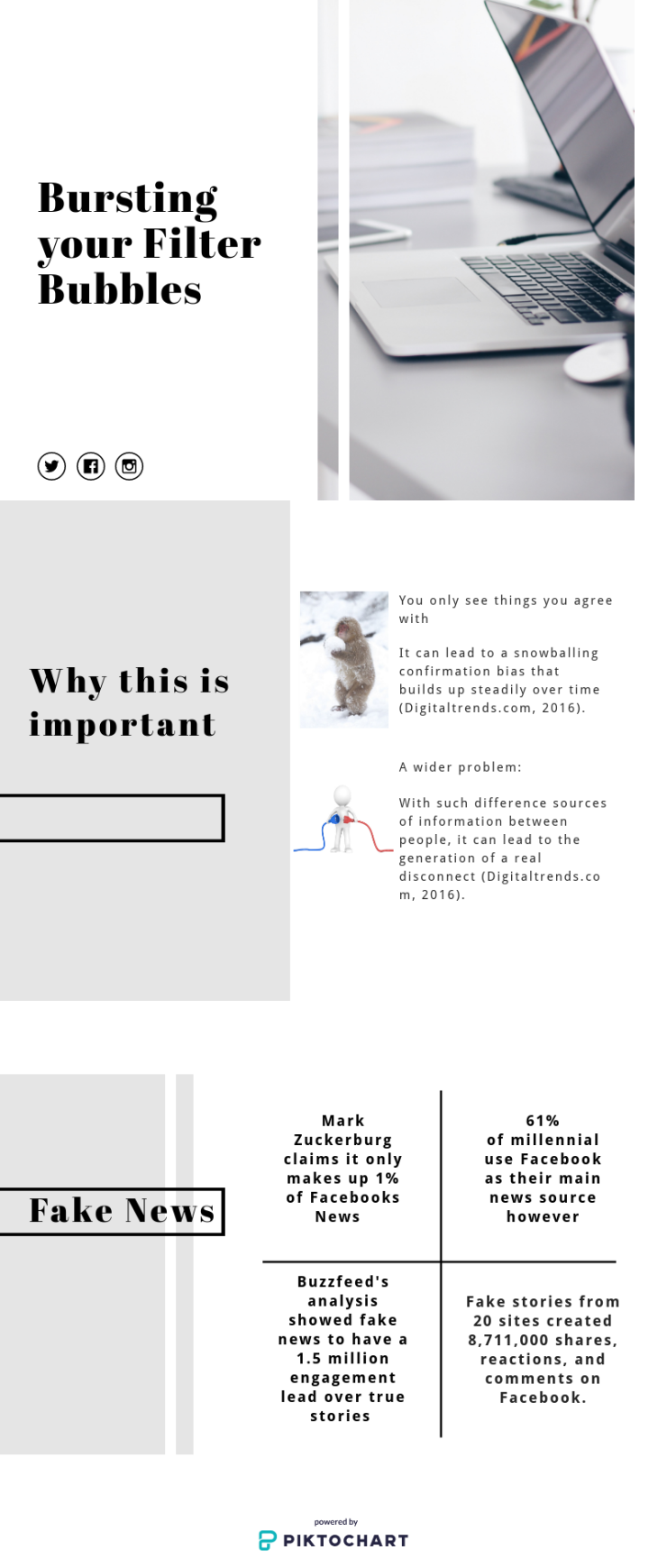
Reflecting on Fake News, Web Regulation and Social Bots – Topic 2 Reflection
Last fortnight’s blog posts were marked much better than the fortnight’s before them, however, I still wanted to improve on my variety of sources used with this fortnight’s blog post.
Continue reading →















